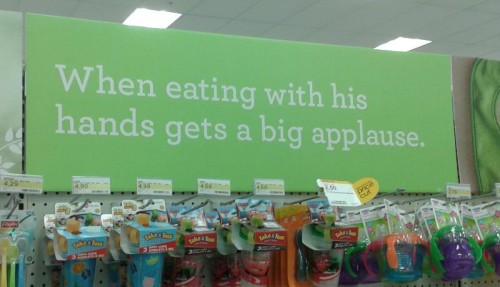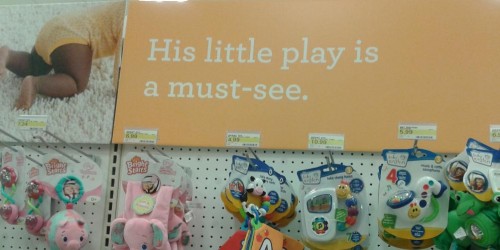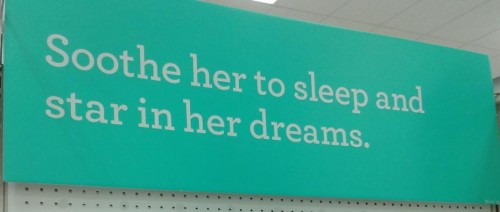We’ve enjoyed documenting the recent trend of sexifying toys, including Dora the Explorer, Strawberry Shortcake, Holly Hobbie, Lisa Frank, Trolls, Cabbage Patch Kids, My Little Pony, Rainbow Brite, and Candy Land, and Lego (you can see them all together on our Sexy Toy Make-Overs Pinterest board).
Let’s start with Barbie because given how she’s the quintessential sexy toy, I think it’s surprising that she’s been made over. I found evidence for the Barbie make-over at Feminist Philosophers. They put up the image below showing how Barbie’s torso was changed in the 2000s to one that was slimmer and with a more arched back: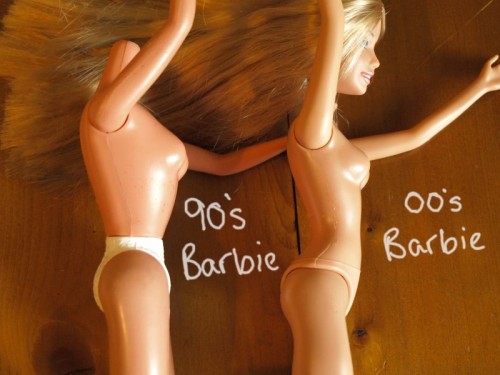
Cynical Idealism posted about the Care Bear make-over. The toys have been made both thinner, more flirty, and less androgynous.
Care Bears Then: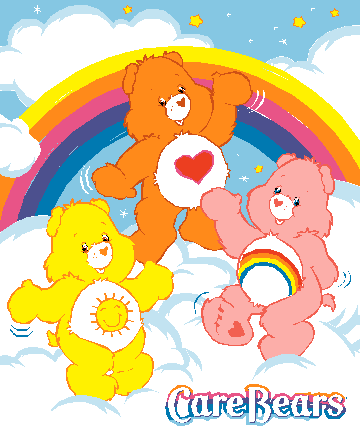
Care Bears Now: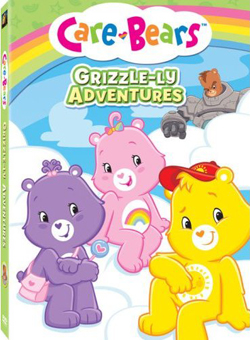
I learned about the Polly Pocket make-over at Feminist Fatale. Whereas in the 1980s, Polly Pocket looked kind of like an infant and came with various accessories, today’s Polly Pocket is decidedly more Barbie-like.
1980s Polly Pocket:
Today’s Polly Pocket:
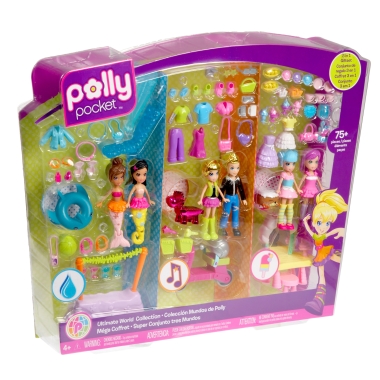 (source: Mattel)
(source: Mattel)
So, there you have it! Three more sexy toy make-overs.
Lisa Wade, PhD is an Associate Professor at Tulane University. She is the author of American Hookup, a book about college sexual culture; a textbook about gender; and a forthcoming introductory text: Terrible Magnificent Sociology. You can follow her on Twitter and Instagram.

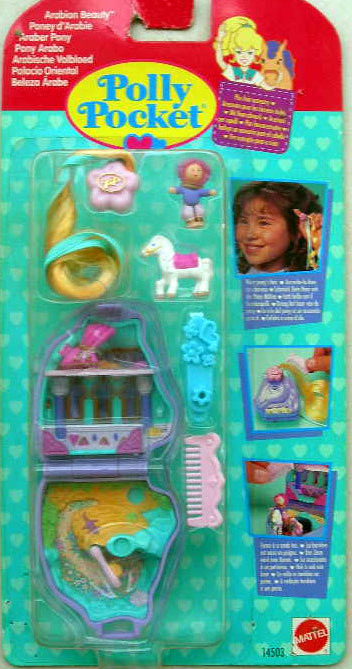

 You might have heard that, after the birth of his daughter with Beyonce Knowles in January,
You might have heard that, after the birth of his daughter with Beyonce Knowles in January, 



